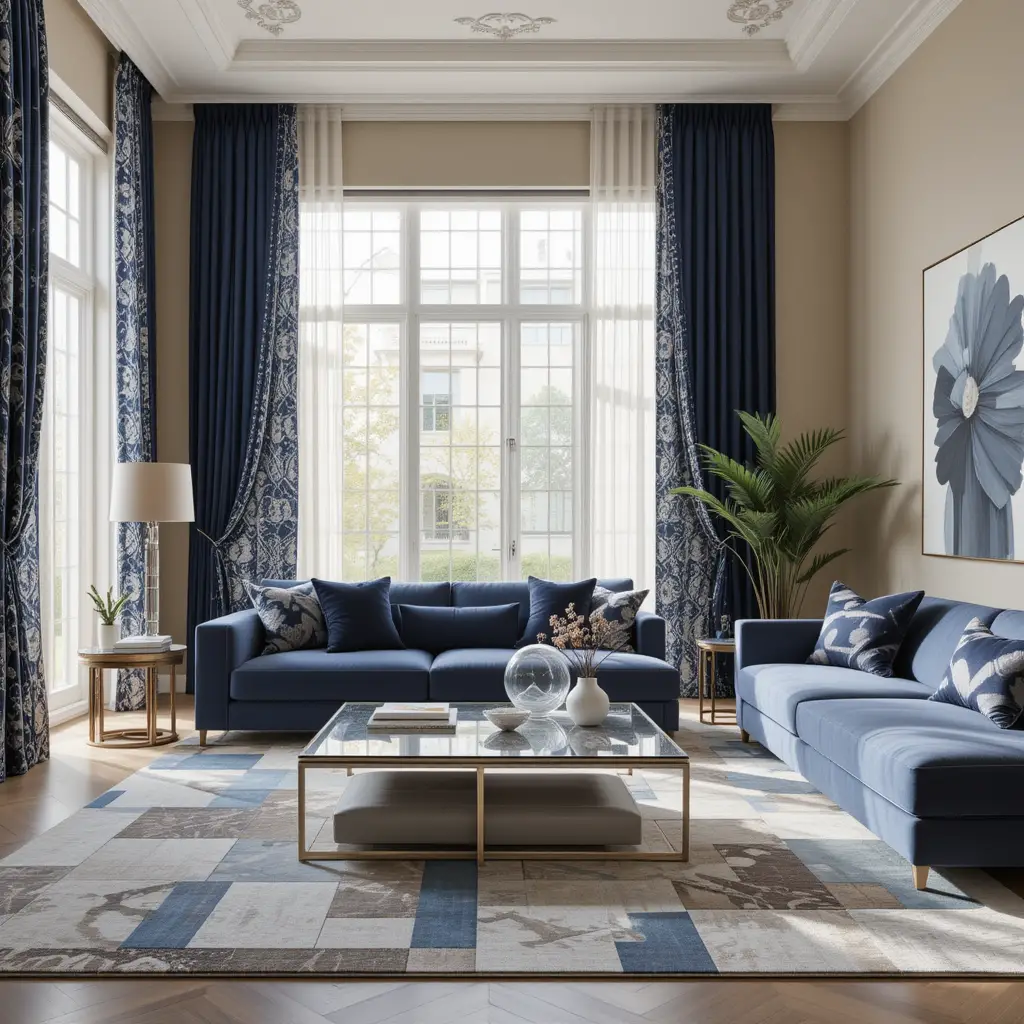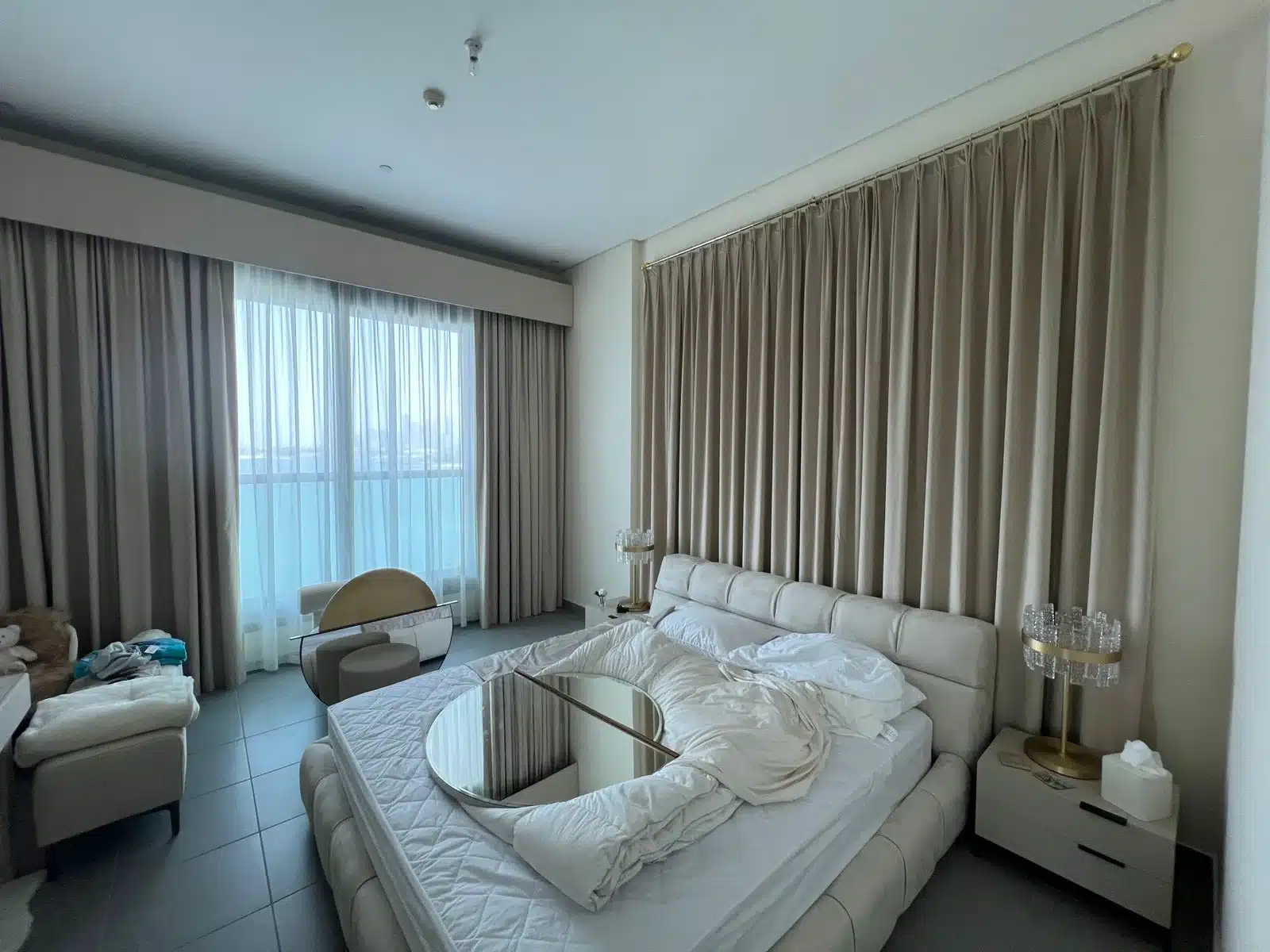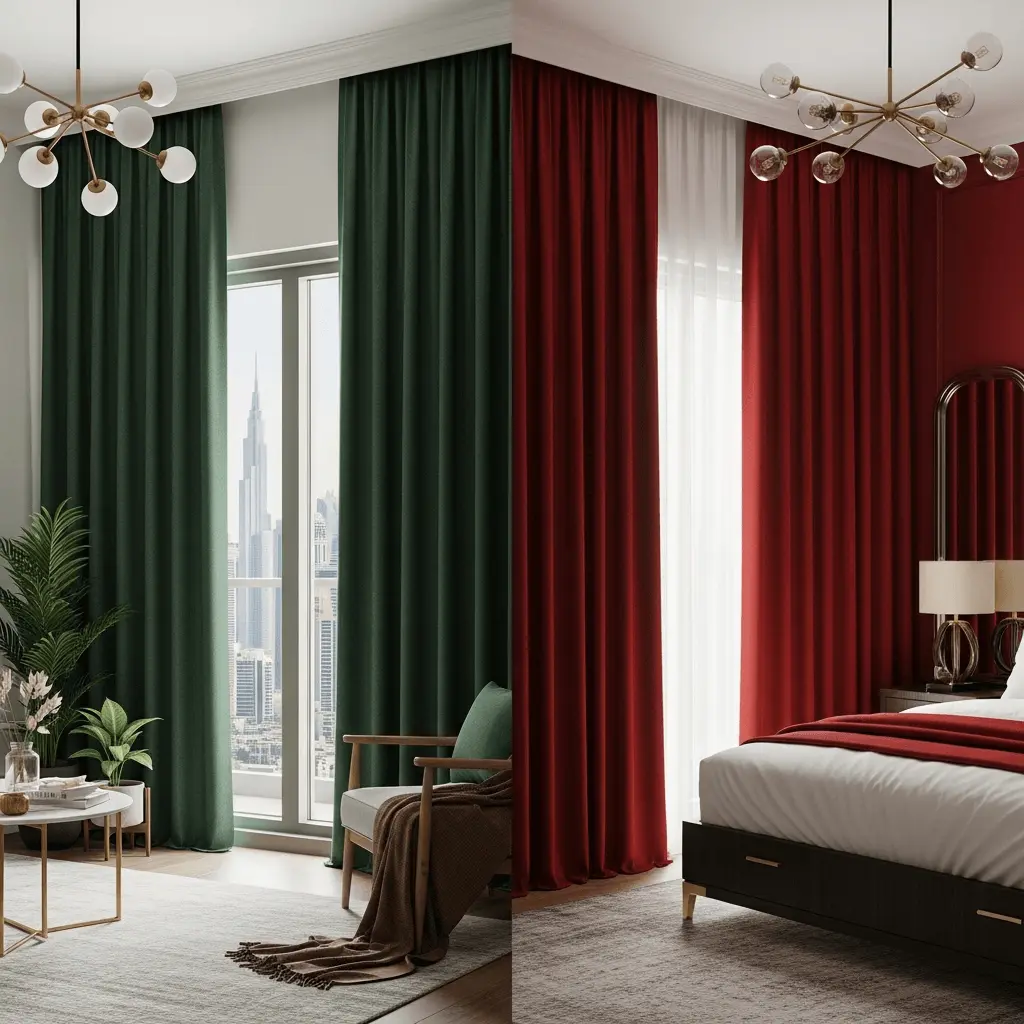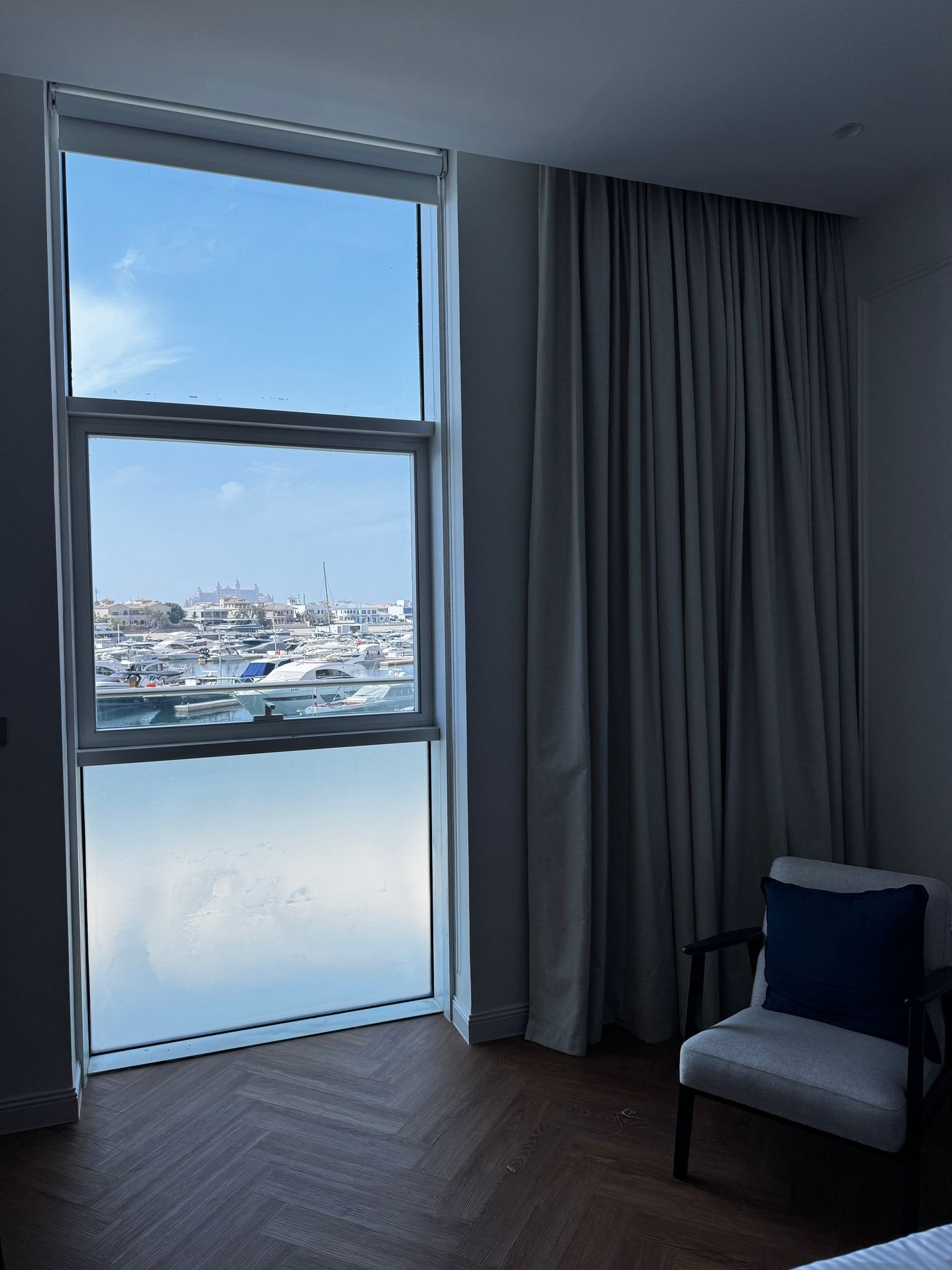- Matching Curtains Like a Pro
- Introduction: Simple Guide to Matching Curtains to Your Walls
- Look at Your Wall: Color Palettes and Styles
- Consider the Size of the Room: What Size Curtains and Fabrics is Best
- Is There a Pattern on the Wall: If not, Curtains Can Add to This
- Does the Color Need to Complement: If So, Consider Complementary Color Palettes
- Decoding Curtain Colors: Finding the Perfect Match for Your Wall
- Beyond Color: Considerations for Texture and Pattern
- Pro Tips for Curtain Color Success:
- Conclusion: Quick and Easy Tips for Matching Curtains with Your Wall
Matching Curtains Like a Pro
Choosing the right curtains can be a surprisingly impactful decision when it comes to interior design. They’re not just functional window coverings; they’re a powerful tool for setting the tone of a room, adding visual interest, and even influencing the perceived size of the space. But with so many options available, how do you ensure your curtains complement your walls instead of clashing? This quick start checklist will guide you through the essential considerations for achieving a harmonious and stylish interior.
Introduction: Simple Guide to Matching Curtains to Your Walls
Matching curtains to your walls doesn’t have to be a daunting task. By focusing on a few key elements, you can confidently select curtains that enhance your existing décor and create a space you love. This guide will break down the process into manageable steps, ensuring you make informed and stylish decisions.
Look at Your Wall: Color Palettes and Styles
The first step is to truly understand your walls. What color are they? Is it a warm neutral, a cool grey, or a bold statement hue? Identify the specific color and then consider its undertones. Are there hints of blue, red, or green? This will help you narrow down your curtain color options.
Beyond color, also consider the style of your walls. Are they textured, paneled, or adorned with wallpaper? The style of your walls will influence the type of fabric and patterns you should consider for your curtains.

Consider the Size of the Room: What Size Curtains and Fabrics is Best
The size of your room plays a significant role in curtain selection. In smaller rooms, lighter, airier fabrics like linen or voile in light colors will help maximize light and create a sense of spaciousness. Avoid heavy, dark fabrics that can make the room feel cramped.
In larger rooms, you have more flexibility. You can experiment with heavier fabrics like velvet or brocade, darker colors, and even bold patterns. Consider the length of the curtains, too. Floor-to-ceiling curtains can visually elongate walls and add a touch of drama.
Is There a Pattern on the Wall: If not, Curtains Can Add to This
If your walls are plain and unadorned, curtains offer a fantastic opportunity to introduce pattern and texture. Consider geometric prints, floral designs, or even subtle textures like embroidery. Just be mindful of the overall aesthetic of the room and choose a pattern that complements the existing furniture and décor.
Conversely, if your walls are already patterned (e.g., wallpaper), opt for simpler, solid-colored curtains that won’t compete with the wall. A subtle texture can still add interest without overwhelming the space.
Does the Color Need to Complement: If So, Consider Complementary Color Palettes
Understanding color theory can be incredibly helpful in choosing curtains that complement your walls. If you want a harmonious and balanced look, consider using analogous colors (colors that are next to each other on the color wheel) or monochromatic schemes (different shades of the same color).
For a more dynamic and visually stimulating space, explore complementary colors (colors that are opposite each other on the color wheel). For example, if your walls are blue, consider yellow curtains. However, use complementary colors sparingly to avoid overwhelming the room.

Decoding Curtain Colors: Finding the Perfect Match for Your Wall
Understanding the Basics: Color Theory 101
Okay, before we jump into specific colors, let’s do a quick recap on some color theory. Think of this like your handy cheat sheet for creating a cozy, harmonious room:
– Complementary Colors: These are colors that sit opposite each other on the color wheel — like blue and orange or red and green. They really pop and create a bold contrast.
– Analogous Colors: These are next to each other on the wheel, like blue, blue-green, and green. They give off a more tranquil and harmonious vibe, which is super calming.
– Monochromatic Colors: This is where you play with different shades, tints, and tones of the same color. It’s a great way to keep things looking chic and cohesive.
Matching Curtains to Wall Colors: A Room-by-Room Guide
Let’s dig into specific wall colors and the curtain shades that go well with them:

Neutral Walls (White, Beige, Gray):
– White Walls: Ah, the classic! It’s like a blank canvas.
– For a clean, modern feel, go with curtains that are white or cream.
– Want a splash of color? Try bold shades like navy blue, emerald green, or mustard yellow.
– For something soothing, soft pastels like blush pink or light blue can do the trick.
– Beige Walls: This color gives such a warm and inviting feel.
– For a touch of elegance, consider curtains in rich browns, deep reds, or even chocolate shades.
– Want it to feel airier? Lighter creams or muted blues are great options.
– And hey, if you’re into texture, linen or woven curtains in natural tones can really add depth.
– Gray Walls: Gray is so versatile and modern.
– For that sleek, minimalist look, stick with shades of gray, from light to charcoal.
– Need a little warmth? Try curtains in yellow, orange, or even blush pink.
– For a calming effect, muted blues, greens, or purples work wonders.
Colorful Walls:
– Blue Walls: Blue brings a sense of calm.
– For harmony, pick curtains in various shades of blue.
– For a fun contrast, orange or yellow curtains could really stand out.
– And for a classy vibe, gray or silver curtains are a solid choice.
– Green Walls: Green is all about nature and balance.
– For a complementary look, go with shades of brown or beige.
– If you’re feeling bold, red or pink curtains can really pop against green.
– Lighter greens or whites can create that calming atmosphere.
– Yellow Walls: Yellow is just so cheerful!
– For a harmonious feel, curtains in gold or orange will blend nicely.
– Want to make a statement? Blue or purple curtains can do that.
– For something more subdued, gray or white curtains are a good call.
Beyond Color: Considerations for Texture and Pattern
Now, while color is super important, don’t forget about texture and pattern!
– Texture: If your walls are smooth, adding some textured curtains, like linen or velvet, can bring in depth and visual interest.
– Pattern: If your walls are solid, patterned curtains can introduce personality. But if your walls are already busy with patterns, solid curtains might be the way to go to keep things balanced.

Pro Tips for Curtain Color Success:
– Think About the Room’s Purpose: A bedroom might need those calming colors, while a living room could rock bolder hues. The same is going with patterns. In living room you might consider fancy colorful pattern, like flowers or ornament that add positive vibes to a room On other hand bedroom is a oasis of calming and peace so choose rather delicate, soothing patterns like simple waves, lines. In home office every kind of squares or checked patterns will add professional look.
– Consider the Light: Dark curtains can block light, which is nice in a bedroom but maybe not ideal for a living room. That’s why blackout curtains are perfect for bedroom, while in living room you might consider sheer curtains which gives you privacy and still room stay bright and sunny.
– Use Fabric Swatches: Hold those swatches up to your wall color in different lighting to see how they play together. That’s why before you order curtains you should order free consultation and Alef Noon Curtains team show you all available samples and you can check which goes best with your wall color.
– Don’t Be Shy to Experiment: Color is personal, so mix and match until you find what feels just right.
In the end, picking the right curtain color is all about making a space that shows off your style and boosts your well-being. By getting a grip on color theory and considering what your walls and rooms are like, you can confidently choose curtains that elevate your space and make it feel just right.

Conclusion: Quick and Easy Tips for Matching Curtains with Your Wall
Matching curtains to your walls is all about creating a cohesive and visually appealing space. Remember these quick tips for success:
- Analyze your walls: Color, undertones, and style are crucial.
- Consider the room size: Lighter fabrics for smaller rooms, more flexibility for larger spaces.
- Introduce pattern strategically: Plain walls benefit from patterned curtains, patterned walls benefit from solid curtains.
- Explore color palettes: Analogous, monochromatic, and complementary color schemes can enhance your décor.
By following these guidelines, you can confidently choose curtains that perfectly complement your walls and elevate the overall aesthetic of your home. Happy decorating!





